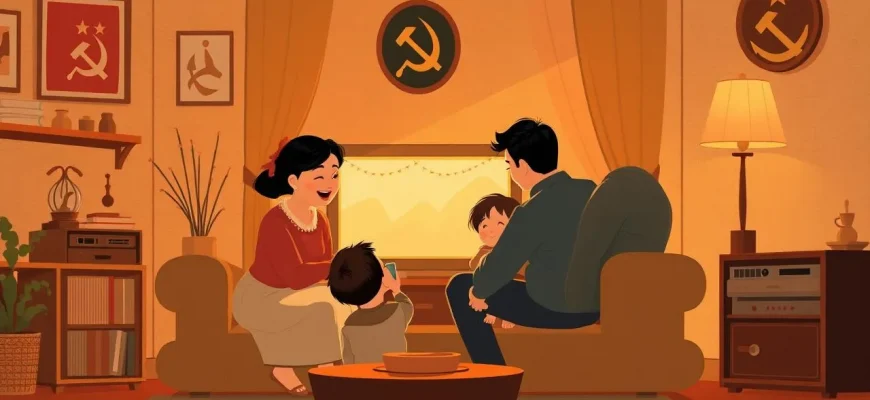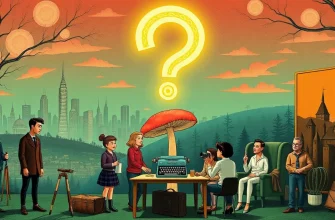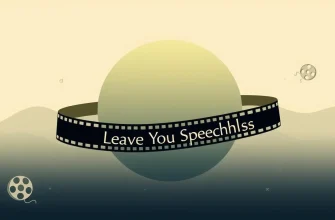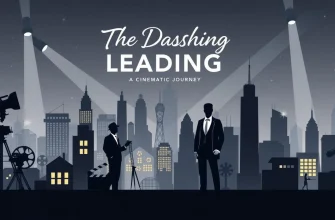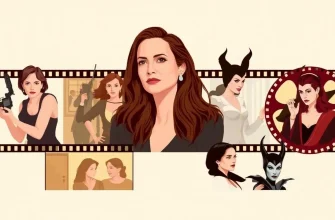This curated collection of Soviet family films offers a unique window into the life, culture, and values of the USSR. These films, now available with English dubbing, provide not only entertainment but also a cultural education, showcasing the warmth, humor, and resilience of Soviet families. They are perfect for viewers interested in understanding the nuances of Soviet life through the lens of family dynamics, offering both nostalgia and a fresh perspective on historical family entertainment.
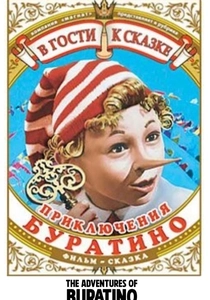
The Adventures of Buratino (1975)
Description: This adaptation of Carlo Collodi's "The Adventures of Pinocchio" is set in the USSR, offering a unique Soviet twist to the classic tale. It's a delightful family adventure that captures the essence of Soviet children's cinema.
Fact: The film was one of the most popular Soviet children's movies, and its song "Bu-ra-ti-no" became a cultural phenomenon.
 Watch Now
Watch Now 
The Flying Ship (1979)
Description: A whimsical tale of a peasant boy who builds a flying ship to win the hand of a princess, this film is filled with Soviet humor and charm, perfect for family viewing.
Fact: The film's songs were composed by Mikhail Ziv, who also wrote music for other famous Soviet animations.
 30 Days Free
30 Days Free 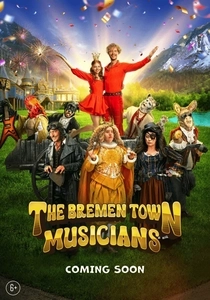
The Bremen Town Musicians (1969)
Description: A Soviet musical comedy based on the Brothers Grimm fairy tale, this film adds a Soviet twist with its catchy songs and humor, making it a beloved family film.
Fact: The film's songs became instant hits, with "There, Far Away, Beyond the River" becoming one of the most recognized Soviet tunes.
 30 Days Free
30 Days Free 
The Snow Queen (1957)
Description: Based on Hans Christian Andersen's fairy tale, this film explores themes of love, bravery, and the power of friendship, set against the backdrop of a Soviet winter, making it a timeless family classic.
Fact: The film was the first Soviet animated feature to be released in the United States, where it was well-received.
 30 Days Free
30 Days Free 
The Mystery of the Third Planet (1981)
Description: This animated sci-fi adventure follows a family's journey through space, reflecting the Soviet fascination with space exploration while delivering a story suitable for all ages.
Fact: The film was inspired by the Strugatsky brothers' novel "The Land of Crimson Clouds."
 30 Days Free
30 Days Free 
The Adventures of Mowgli (1968)
Description: A Soviet adaptation of Hans Christian Andersen's tale, this film provides a poignant look at love and sacrifice, resonating with families for its emotional depth and beautiful animation.
Fact: It was one of the first Soviet animated films to be shown in the West, gaining international acclaim.
 30 Days Free
30 Days Free 
The Scarlet Flower (1952)
Description: This adaptation of "Beauty and the Beast" is set in a Soviet context, offering a story of transformation and kindness, making it a cherished family film.
Fact: The film was one of the earliest Soviet animated features to be released in color.
 30 Days Free
30 Days Free 
The Nutcracker (1973)
Description: This animated adaptation of Tchaikovsky's ballet brings the magical story to life, capturing the spirit of Christmas and family bonding in a Soviet setting.
Fact: The film's score was adapted from Tchaikovsky's original ballet music, making it a unique blend of animation and classical music.
 30 Days Free
30 Days Free 
The Tale of Tsar Saltan (1984)
Description: Based on Alexander Pushkin's poem, this animated film tells the story of a tsar's son who transforms into a bee, exploring themes of loyalty, love, and adventure in a Soviet context.
Fact: The film was one of the last major Soviet animations before the dissolution of the USSR, marking the end of an era in Soviet animation.
 30 Days Free
30 Days Free 
